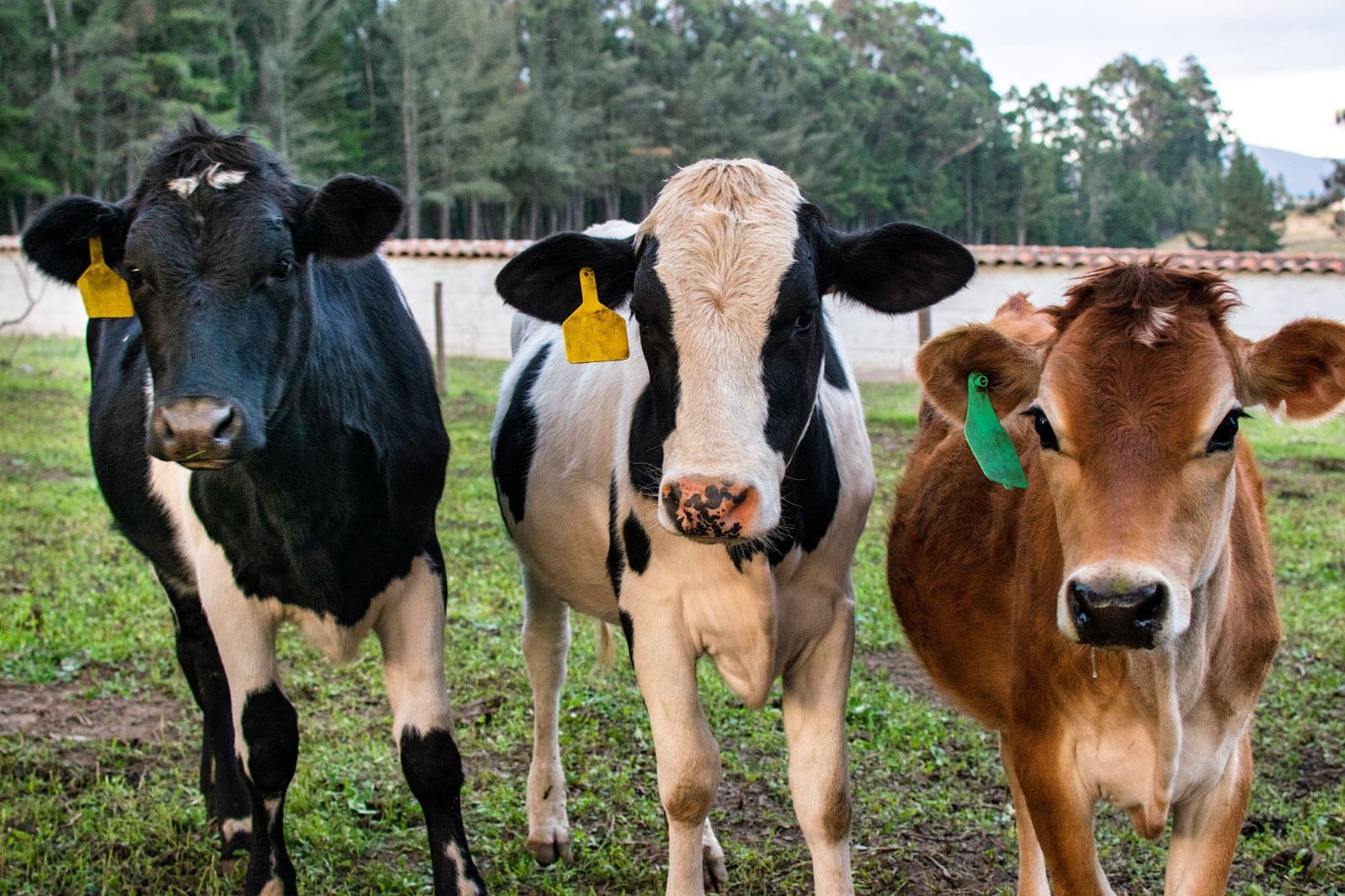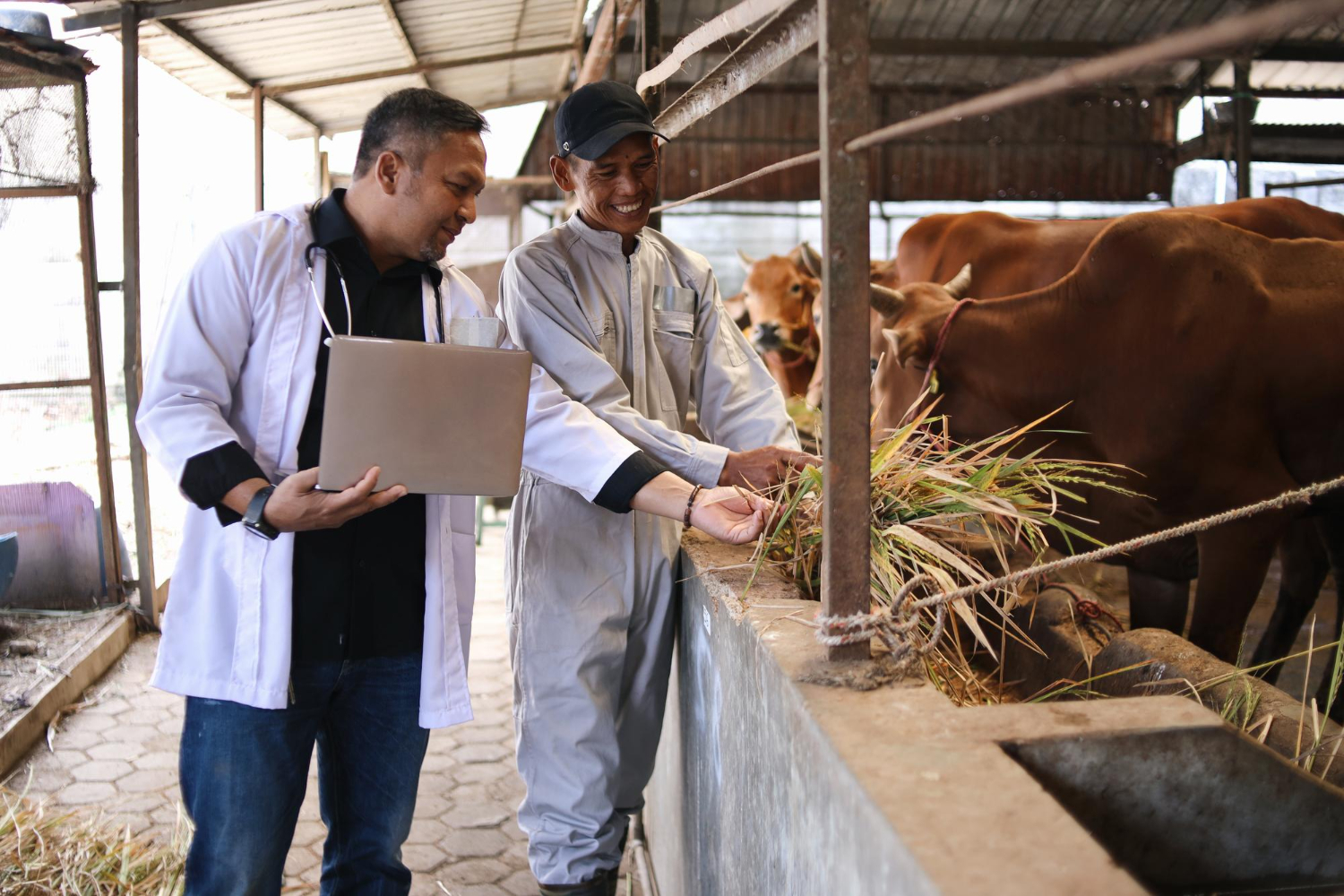The Origins of Dairy Cattle and Challenges in Tropical Climates

Most dairy cattle raised in Indonesia are Friesian Holstein (FH) breeds, originating from temperate climates such as the Netherlands, Germany, southern Australia, and the northern United States. Their native climate has relatively cool temperatures, ranging from 5–25°C, with lower humidity than Indonesia.
However, when this breed is cultivated in Indonesia—a tropical country with daily temperatures of 25–35°C and humidity reaching 70–90%—a serious physiological mismatch occurs. FH cattle have a high metabolism due to their ability to produce large amounts of milk, but lack efficient thermoregulatory mechanisms to cope with high temperatures.
According to a report by West (2003), FH cattle begin to experience a decline in production performance when the Temperature-Humidity Index (THI) exceeds 72, a condition that occurs almost daily in lowland tropical livestock farming in Indonesia.
Impact of Heat Stress on Milk Production
When cows experience heat stress, various disturbances occur in their body functions:
- Milk production decreases drastically → can reach 20–40%
- Changes in milk composition → fat and protein levels decrease
- Reproductive disorders → heat detection is difficult, fertility decreases
- Risk of disease increases → due to weakened immunity
- Increased breathing rate and constant standing → as a natural response to high temperatures
Based on a study by Kadzere et al. (2002), heat stress causes hormonal changes such as increased cortisol (stress hormone) and decreased IGF-1 (Insulin-like Growth Factor-1), which affect the efficiency of milk production.
Strategies to Reduce the Impact of Heat Stress
1. Cage Ventilation Repair
Cross ventilation and the installation of large fans can improve air circulation and reduce the temperature inside the cage.
2. Sprinkler System
Effective when combined with a fan, the sprinkler helps lower body temperature by evaporating water from the cow's skin.
3. Feeding During Low Temperatures
The ideal time is early morning or late evening, when temperatures are cooler and the cows are more comfortable feeding.
4. Nutrient-Dense Feed Formulation
Use feed ingredients with high energy density and anti-stress supplements such as:
- Vitamins C and E: antioxidants
- Zinc, Selenium: increase immunity
- Electrolytes: maintain body fluid balance
5. Provision of Quality Drinking Water
Ensure plenty of clean, fresh water is available. Water consumption can reach 80–120 liters per day during hot weather.
Science: Why Does Milk Production Decrease?
Cows experiencing heat stress will divert energy from productive functions (e.g., milk production) to homeostatic functions (e.g., cooling the body). This causes decreased blood flow to the udder, disruption of the hormone prolactin, and activation of the sympathetic nervous system—all of which reduce milk production (West, 2003).
Use the THI Index
The Temperature Humidity Index (THI) is a measurement tool for monitoring the risk of heat stress. If the THI is >72, the cow has entered the danger zone. This monitoring can now be done using digital sensors, which are increasingly being used by modern farmers.
Conclusion
Holstein Friesian cattle excel in their cool-climate homeland, but are highly susceptible to heat stress in Indonesia. Therefore, it is crucial for farmers to implement environmental management, nutrition, and barn ventilation strategies to mitigate the impact. With a scientific and adaptive approach, dairy cattle productivity can be maintained even in tropical climates.
Bibliography
- West, J.W. (2003). Effects of heat-stress on production in dairy cattle. Journal of Dairy Science, 86(6), 2131–2144.
- Kadzere, C.T., Murphy, M.R., Silanikove, N., & Maltz, E. (2002). Heat stress in lactating dairy cows: a review. Livestock Production Science, 77(1), 59–91.
- Nascimento, M.V.L. et al. (2021). Temperature and humidity index as an indicator of heat stress in dairy cows in tropical climates. Animals, 11(7), 1893.
- SNI 3141.1:2011. Produksi dan Mutu Susu Sapi Perah. Badan Standardisasi Nasional Indonesia.
- McDowell, R.E. (1972). Improvement of Livestock Production in Warm Climates. W.H. Freeman and Co.

